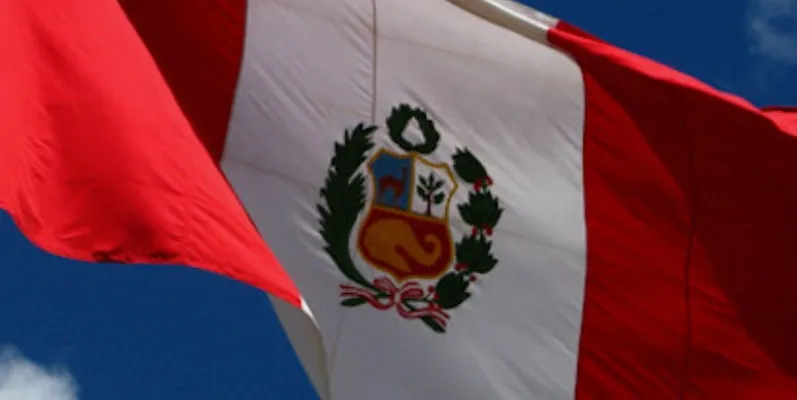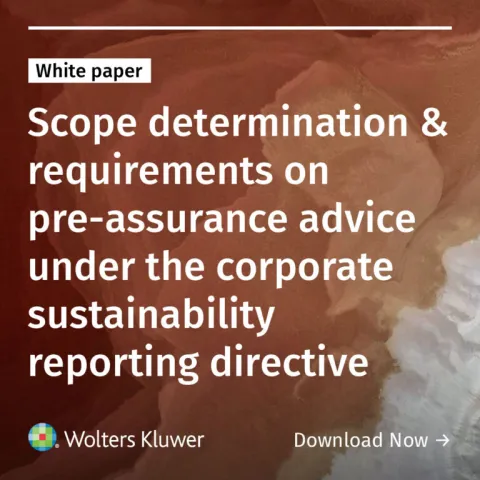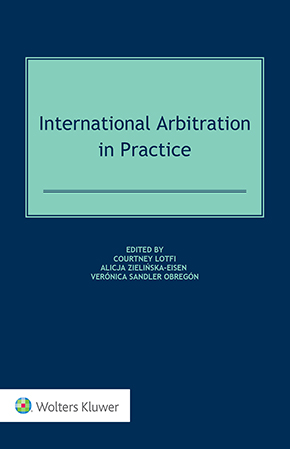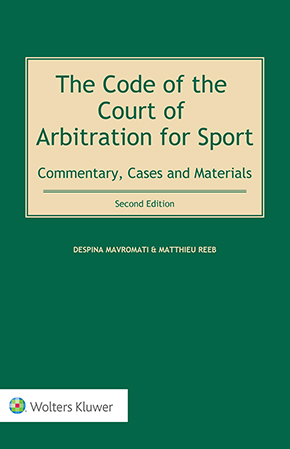Red Flags and Preliminary Indicia: Lima's High Court of Justice Recognition Decision in Municipality of Lima v. Lima Expresa
November 21, 2025
On 10 September 2025, the Superior Court of Justice of Lima recognized and enforced the Partial Award in CAIP Case No. 3286 (Paris-seated), rendered in the long-running dispute between the Municipalidad Metropolitana de Lima (“MML”) and Lima Expresa S.A.C. (“LIMEX”) over the validity of the Línea Amarilla urban toll road concession and subsequent amendments challenged amid the Lava Jato fallout linked to the Odebrecht corruption scandal across Latin America. This article discusses (i) the background of the dispute, (ii) the Arbitral Tribunal’s analysis of “red flags” standard on corruption, and (iii) the corruption analysis of the High Court’s decision.
Summary of the Dispute
In 2009, MML granted a 30-year concession for the Línea Amarilla toll road project to Línea Amarilla S.A.C. (now LIMEX). The original contract was amended several times—through Addendum 1 in 2013, a “Trato Directo” agreement in 2014, and Addenda 2 and 3 between 2015 and 2016.
The case record shows connections between the contracts and Brazilian construction firm OAS (separate from Odebrecht), including tribunal-reviewed evidence of political campaign funding around 2013–2014. Peru’s Constitutional Court also referenced the “Adenda de Bancabilidad” signed on 13 February 2014 as part of this context.
Riding the wave of Lava Jato, MML commenced arbitration before the Chambre Arbitrale Internationale de Paris (“CAIP”) seeking to annul the concession and its amendments on the basis of corruption. LIMEX counterclaimed seeking compensation for expropriation delays, regulatory changes, traffic restrictions and other cost impacts. The Tribunal—chaired by José Miguel Júdice, with Hugo Perezcano and Gaëtan Verhoosel KC as co-arbitrators—issued a Partial Award (9 Jan 2024, rectified 24 Jun 2024) addressing issues of validity and corruption; and a Final Award (9 Apr 2025) addressing compensation.
Corruption Allegations in the Arbitration and Extension of the Concession Term
To deal with MML’s corruption allegations, the Tribunal emphasized that it was not a criminal court and lacked investigative powers. The Tribunal agreed that indicia could be used to identify illegality but found the available evidence insufficient to indicate corruption. MML submitted materials from ongoing criminal investigations in Peru, still at pre-accusation or accusation stage-i.e. lacking a formal accusation in a criminal trial.
The Tribunal found that the indicia arising from this material alone cannot establish whether corruption occurred in the granting of the concession. It further noted that even the prosecutors leading the Odebrecht cases had acknowledged that their file was not yet sufficient to initiate criminal proceedings. Thus, the Tribunal referred to the evidence presented by MML as “preliminary” indicia, which does not constitute indicia for the purpose of assessing illegality allegations. Equally decisive was the causation requirement. The Tribunal emphasized that the finding of corruption alone would not be sufficient to annul the concession. The alleged illegality had to be directly linked to the execution of the concession agreement. Based on the record, the majority found no indicia of corruption in the 2009 negotiations. The concession had gone through an eighteen-month administrative process involving some fifty entities, a context that the Tribunal found difficult to reconcile with the theory of a contract secured by bribery.
The Tribunal also found that the amendments and Trato Directo of 2013 and 2014 could not be retroactively applied to invalidate the original contract. MML’s investigative materials did not touch the period prior to November 2009, when the concession was signed. The Municipality's case failed to prove both causation and evidence regarding Addendum 1 and the 2014 Trato Directo. In consequence, the Partial Award ratified the concession’s validity.
The Tribunal then moved on to the contract’s compensation architecture for LIMEX’s counterclaims. In the Final Award, the Tribunal determined Lima Expresa’s damages to have a present value of US$ 83,665,500 and, in accordance with Clause 17.7 of the contract, decided to extend the concession term for six years instead of awarding a cash payment.
Enforcement in the Lima Courts: a Second Bite at the Apple?
Lima Expresa sought to enforce the Partial Award before the Superior Court of Justice of Lima, while set-aside proceedings in Paris remain pending. MML opposed, invoking Peruvian “international public policy” criteria in an attempt to retry its corruption defense and alleged infringements of administrative law, including an objection to concession-term extension as the compensation modality.
In its 10 September 2025 decision, the High Court framed the review under Articles 74–76 of Peru’s Arbitration Law (Legislative Decree No. 1071), and Article V of the New York Convention (NYC), reiterating that recognition is a non-contentious proceeding with a narrow scope.
On corruption, the Court reiterated that it is not allowed to revisit the merits of a dispute or reweigh evidence, refusing to re-try the case via lack of motivation or evidentiary challenges. The Court noted that public policy review is exceptional, construed narrowly, and requires manifest and evident contradiction with fundamental principles.
The Court confirmed the Tribunal’s view that preliminary indicia from ongoing criminal proceedings were insufficient to prove corruption, emphasising that causation is essential. It ultimately upheld that none of MML’s submissions rebutted the presumption of award validity established under the New York Convention. Further, the decision referred to MML’s own oral submissions at the hearing, accepting that the evidence included from the criminal investigation materials do not cover the contract’s execution period and invoking the high probability, and not certainty, of a criminal conviction.
The Court also took notice of a 9 July 2025 ruling by a specialized criminal court denying the prosecutor’s request to suspend LIMEX’s toll collection for lack of sufficient evidentiary basis. The criminal judge found the following evidence insufficient to establish corruption or to sustain the requested preliminary measures:
(i) expert reports were dismissed given the counterparty lacked an opportunity to make submissions on them;
(ii) declarations of a former mayor and a former municipal manager, both found unconvincing, contradictory, and uncorroborated;
(iii) the Final Report of the Congressional Investigative Commission on the administrations of the former mayors and the Línea Amarilla and Rutas de Lima projects (2019–2020), deemed of low probative value as it was not produced in a criminal proceeding;
(iv) Audit Report No. 303-2017-CG/MPROY-AC of Peru’s Comptroller General on the Línea Amarilla concession, which required further substantiation and corroboration;
(v) official letters and documents submitted by the prosecution, deemed irrelevant for lacking reasoning or probative development; and
(vi) the auto de enjuiciamiento in Case No. 36-2017-108, indicating that Lima Expresa S.A.C. (formerly LAMSAC) was only a civilly liable third party, not a criminally prosecuted legal entity, with no clear explanation of its alleged role in the corruption acts.
The High Court considered these findings as not supportive of MML’s position at the award recognition stage.
As for the compensation mechanism, the Court found that any determination relating to the Tribunal’s decision to extend the concession for six years was beyond the scope of its mandate. According to the Court, this objection related to the tribunal’s merits analysis, which is out of bounds at the recognition stage.
The Court granted recognition of the partial award’s validity under Peruvian law.
The “Preliminary Indicia” Problem: a Moving Target for Peru-Seated Arbitrations?
The High Court’s decision leaves an uneasy tension around the criteria for assessing illegality allegations under Peruvian public policy. As seen, the Partial Award drew a line between “preliminary indicia” emerging from ongoing or pre-indictment investigations and “sufficient indicia” capable of sustaining a finding of corruption. The High Court, bound by the New York Convention’s restrictive standard of review, did not (and could not) recalibrate that evidentiary threshold. Yet, in doing so, it implicitly validated the Tribunal’s distinction: indicia sourced from criminal investigations appear to carry a different evidentiary weight when proceedings have not been—or could not be—commenced for lack of evidence.
That distinction is difficult to reconcile with international practice. Arbitral tribunals routinely assess illegality autonomously, irrespective of whether the same conduct has prompted criminal prosecutions—or convictions—in the enforcement State. The High Court did not go as far as suggesting that a criminal conviction is a sine qua non requirement for arbitral findings of corruption. Still, by leaving room for “preliminary indicia” to be discounted whenever criminal proceedings are absent or stalled, the decision injects uncertainty into the degree of deference arbitral tribunals must accord to local prosecutorial outcomes.
This opens the door to an argument that, under Peruvian public policy, corruption must be judicially confirmed to undermine an award. While harmless in Lima Expresa—where the Tribunal had found no corruption—the risk is plain. In a future Peru-seated arbitration where a tribunal applies the red flags test and finds corruption, this reasoning could be stretched to seek annulment on the grounds that only a criminal conviction suffices. This is a door best left closed.
The views expressed in this post are solely those of the authors and do not reflect the views of their firms, clients, or any institution with which they are affiliated.
You may also like










